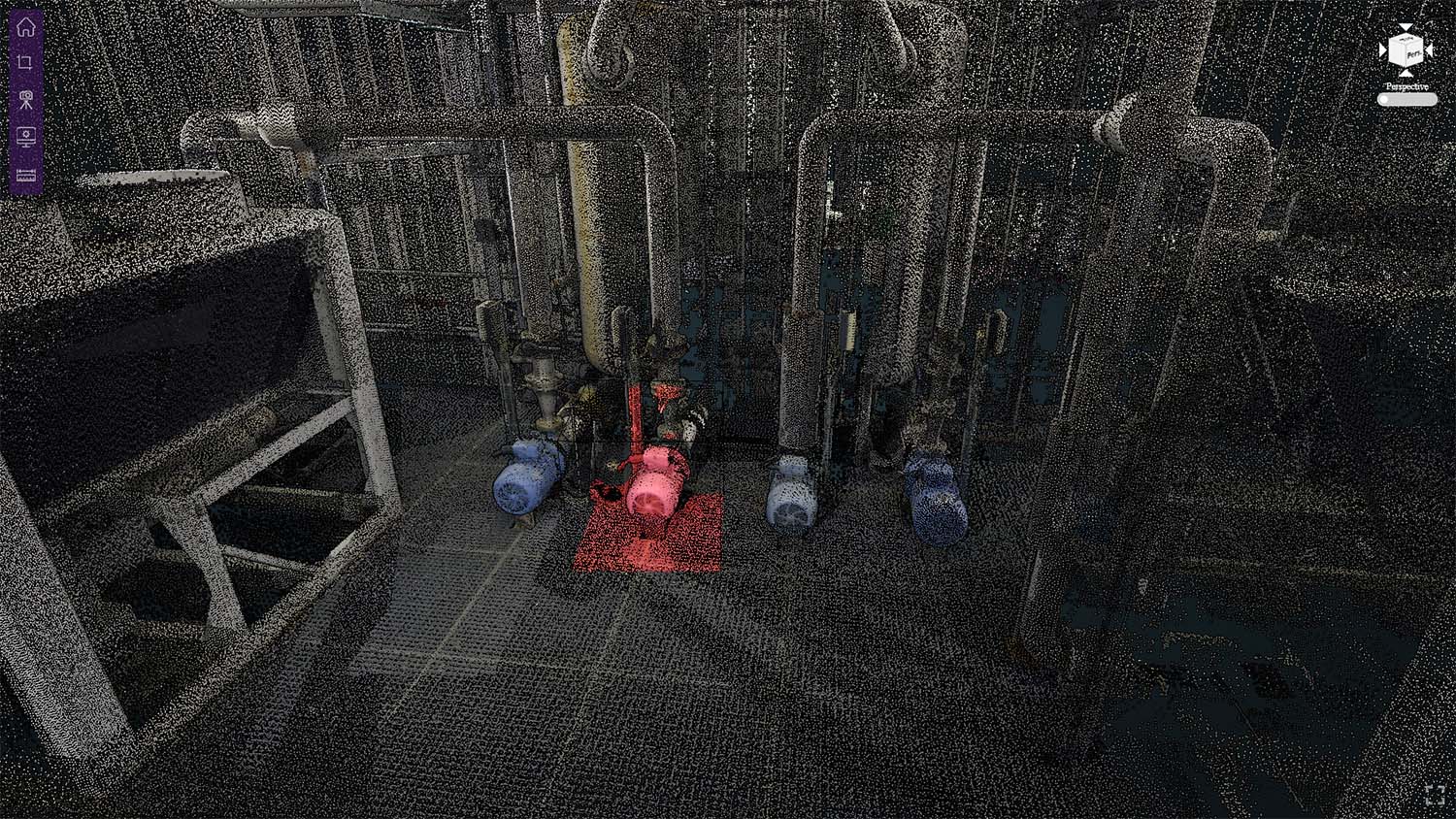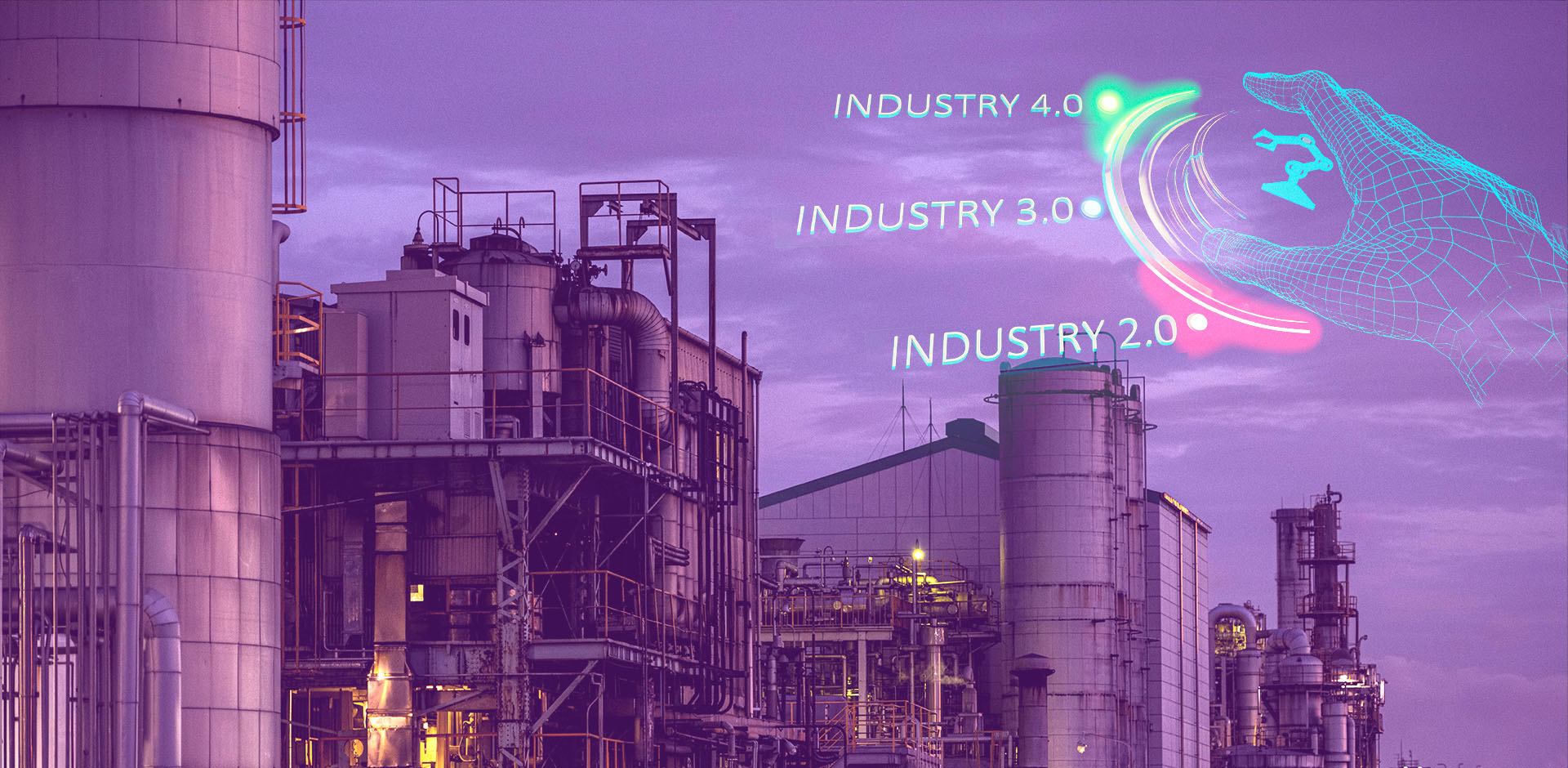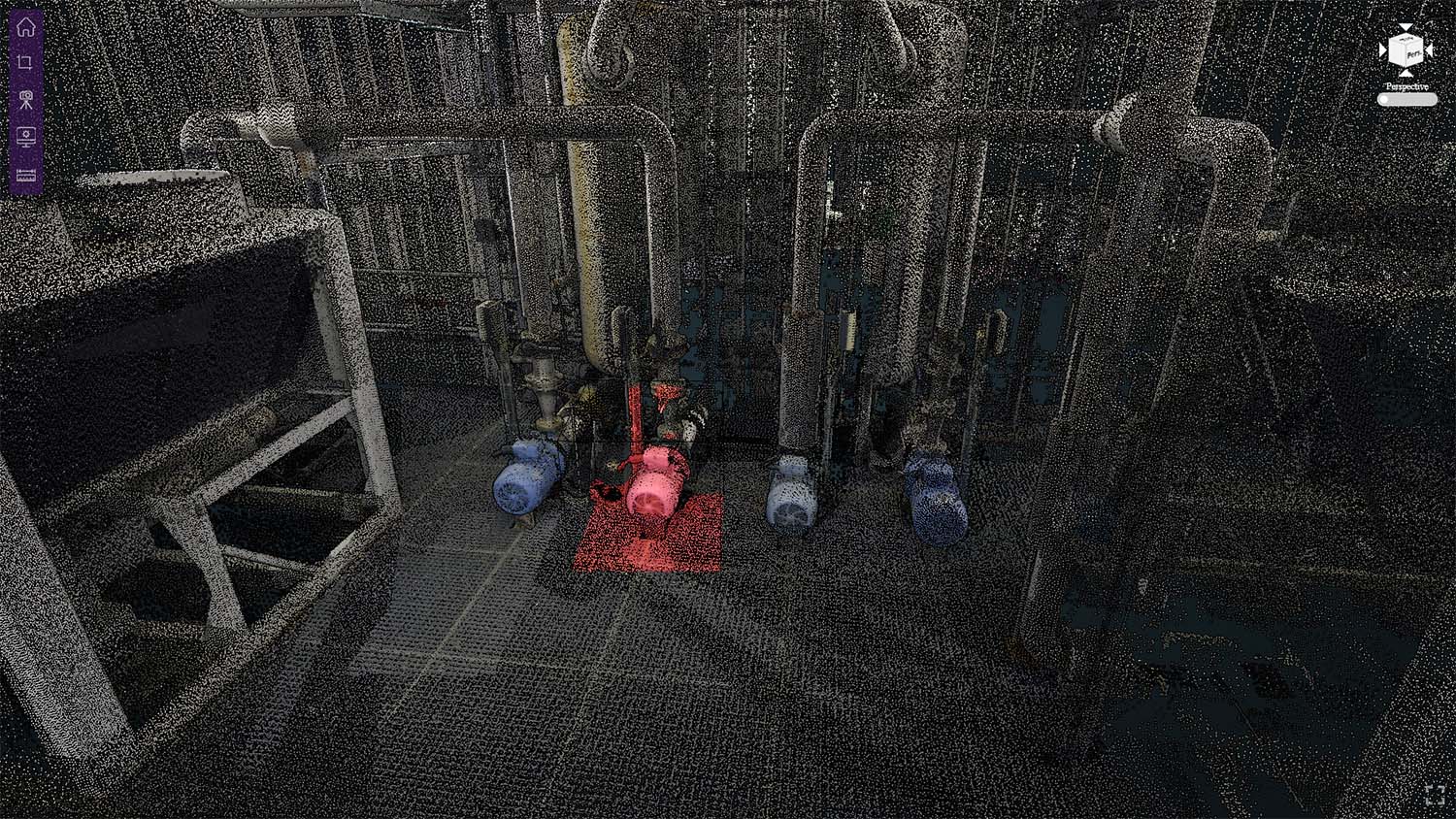
Introduction:
Welcome to our blog, where we explore the importance of digitalization in asset lifecycle management. In today's fast-paced and dynamic business landscape, organizations must embrace digital solutions to effectively manage their assets throughout their lifecycle. In this article, we will delve into the significance of digitalization and provide recommendations for best practices that can drive successful asset lifecycle management.
1. Enhanced Data Accessibility and Visibility:
Digitalization brings assets and their related data into a centralized and accessible platform. This enables stakeholders to have real-time visibility into asset information, including maintenance history, performance metrics, and documentation. Best practice recommendation: Implement a robust digital asset management system that provides easy access to asset data, ensuring stakeholders can make informed decisions and take proactive actions.
2. Optimized Maintenance Strategies:
Digitalization allows for the implementation of data-driven and proactive maintenance strategies. By capturing real-time data from sensors, Internet of Things (IoT) devices, and other sources, organizations can analyze asset performance, detect anomalies, and schedule maintenance tasks proactively. Best practice recommendation: Utilize predictive analytics and condition monitoring to optimize maintenance schedules, minimize downtime, and maximize asset reliability.
3. Seamless Collaboration and Communication:
Digitalization fosters seamless collaboration and communication among stakeholders involved in asset lifecycle management. Through shared platforms and tools, teams can collaborate in real-time, share information, and track progress. This enables efficient decision-making, reduces delays, and enhances overall productivity. Best practice recommendation: Implement collaborative project management software and communication tools to facilitate effective teamwork and streamline asset lifecycle management processes.
4. Improved Asset Tracking and Documentation:
Digitalization simplifies asset tracking and documentation, ensuring accurate and up-to-date information throughout the asset lifecycle. Digital tools enable organizations to capture and store essential asset data, including specifications, warranties, maintenance records, and certifications. Best practice recommendation: Utilize digital document management systems and asset tracking software to ensure centralized and organized asset information, reducing manual errors and streamlining compliance processes.
5. Real-time Performance Monitoring:
Digitalization enables real-time monitoring of asset performance, allowing organizations to identify deviations, measure KPIs, and assess overall asset health. With access to real-time performance data, organizations can make timely decisions regarding asset optimization, upgrades, and replacements. Best practice recommendation: Utilize IoT sensors, data analytics, and dashboards to monitor asset performance in real-time, enabling proactive decision-making and optimization.
6. Continuous Improvement and Data Analytics:
Digitalization provides a wealth of data that can be analyzed to uncover insights and drive continuous improvement. By leveraging data analytics tools, organizations can identify trends, optimize processes, and enhance asset performance. Best practice recommendation: Implement data analytics solutions to extract actionable insights, identify areas for improvement, and drive ongoing optimization in asset lifecycle management.
Conclusion:
Digitalization is a critical enabler for effective asset lifecycle management. By embracing digital solutions, organizations can optimize maintenance strategies, enhance collaboration, improve documentation, monitor asset performance, and drive continuous improvement. Incorporate the recommended best practices to harness the full potential of digitalization in asset lifecycle management, ensuring streamlined operations, reduced costs, and maximized asset value.
Embrace the digital transformation and unlock the power of asset lifecycle management through digitalization. Stay ahead of the competition, drive efficiency, and achieve greater ROI by leveraging digital solutions in every stage of your asset's lifecycle. Embrace the opportunities that digitalization presents and embark on a journey towards enhanced asset management and sustainable growth.








